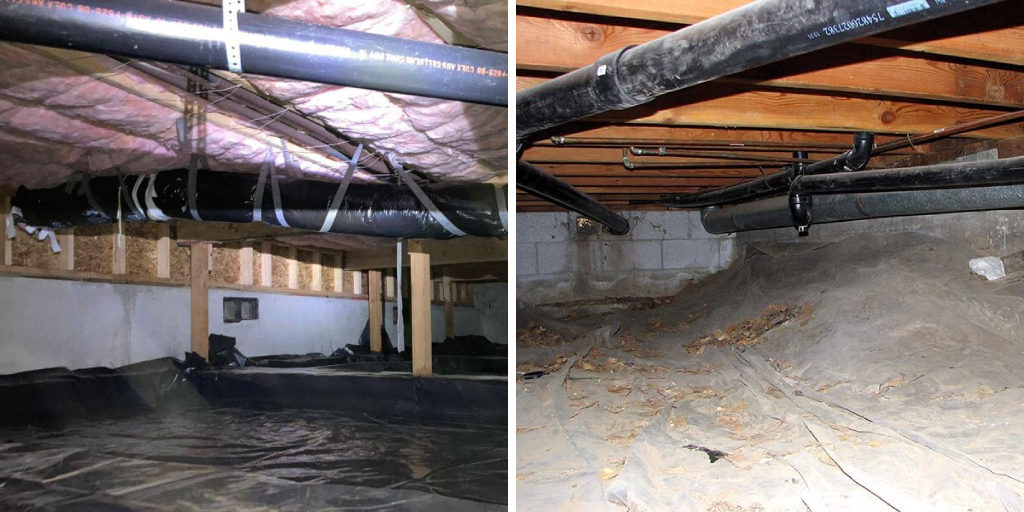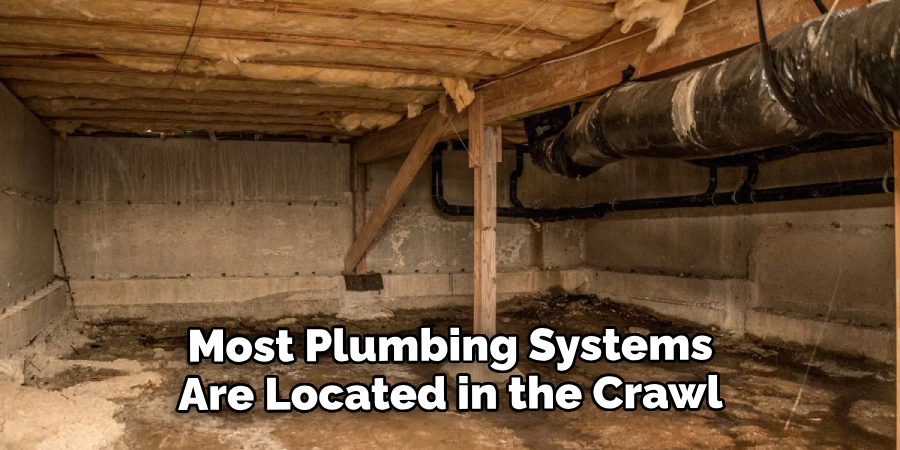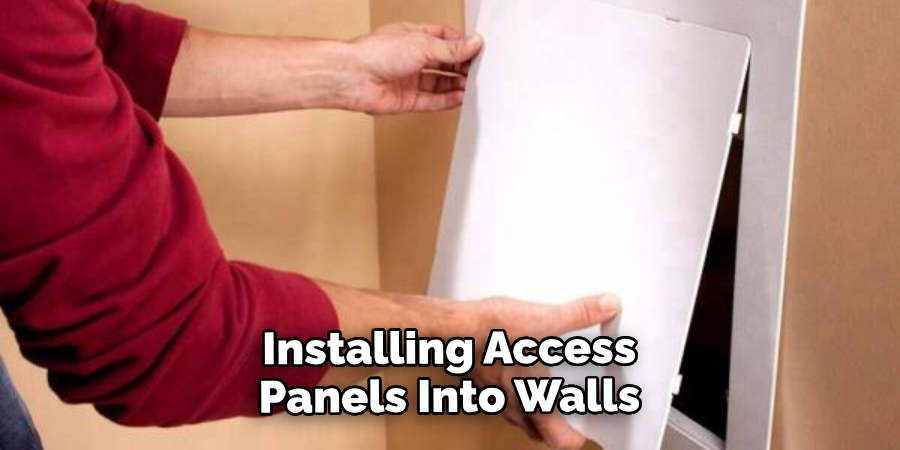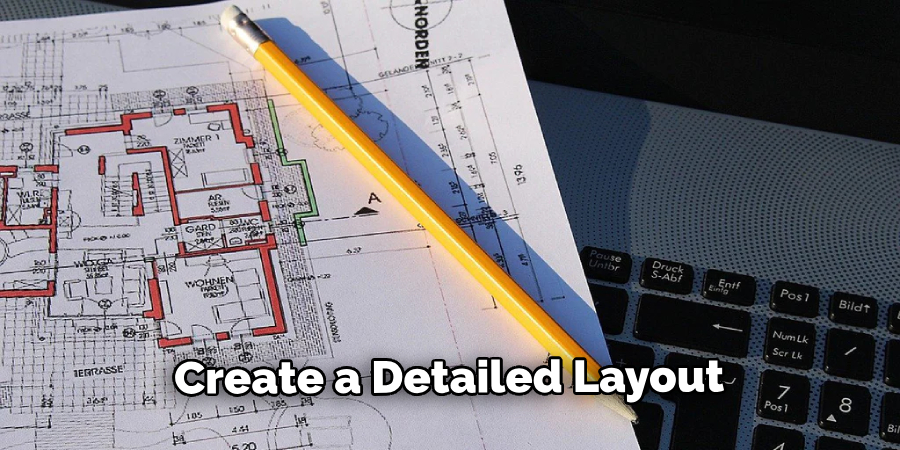Running water lines in a crawl space can be a practical solution for providing water to various parts of a building, especially in areas where a full basement is not present.

Whether you’re planning to install new water lines or need to replace existing ones, this guide explores the essential steps and considerations for how to run water lines in crawl space. It’s important to address potential challenges related to moisture, insulation, and accessibility.
Properly planning the route, securing the pipes, and insulating them to prevent freezing in colder climates are key factors to ensure the water lines function efficiently and remain free from damage.
By following the steps outlined in this article, you can navigate the process of running water lines in a crawl space with confidence, providing a vital utility to your home or property while safeguarding the plumbing system from common issues associated with crawl spaces.
The Purpose of Running Water Lines in a Crawl Space
If you are a homeowner who has recently experienced a major water line issue, chances are that you have probably heard of the term “crawl space”. Crawl spaces are small, narrow and unfinished areas under houses that allow access to the plumbing, electrical and HVAC systems.
These areas may seem insignificant compared to other parts of your house, but they play an essential role in keeping your home functioning properly.
One of the most common reasons for running water lines in a crawl space is to prevent freezing during cold weather. This is especially important for homes located in areas with harsh winters. By running water lines through the crawl space, you can ensure that the pipes are kept warm and won’t freeze, which can lead to costly repairs and inconvenience.
Another purpose of running water lines in a crawl space is to make repairs and maintenance easier. Since most plumbing systems are located in the crawl space, it allows for easy access to fix any potential issues that may arise. This can save you time, money, and stress in the long run.

10 Methods How to Run Water Lines in Crawl Space
1. Check the Crawl Space for Existing Pipes
Before attempting to run a water line in your crawl space, you should first check to see if there are any existing pipes that you can use. This will save you time and effort as it is much easier to work with existing pipes than it is to install new ones. If you find existing pipes, make sure that they are still in good condition before using them.
2. Install a Shut-off Valve
It is important to install a shut-off valve near the water line so that you can easily turn off the water supply when needed. This will help prevent any accidents or water damage from occurring if a pipe were to burst or leak.
To install a shut-off valve, you will need to first locate the main water line in your crawl space. This is typically located near the foundation of your house or near where the main water supply enters your home. Once you have located it, you will need to turn off the water supply before beginning any work.
3. Measure and Mark the Pipe Route
Once you have determined where the water line needs to go, measure and mark the route for the pipe on the floor of the crawl space. Make sure that all measurements are accurate and that there is enough room for the pipe to fit without having to make any adjustments later on. However, keep in mind that it’s always better to have a little extra space than not enough.
4. Cut Holes in Joists
If necessary, cut holes in joists or other obstructions so that you can feed the pipe through them without having to make too many bends or joints along its length. Be sure to wear safety glasses when cutting holes in order to protect your eyes from dust and debris.

Holes in joists are necessary for running water lines in crawl spaces because they allow the pipes to be fed through without making too many bends or joints. This is important because sharp turns or multiple connections can increase the chances of leaks and other issues with the water system.
5. Use PVC Piping
PVC piping is a great option for running water lines in crawl spaces as it is lightweight and easy to work with while also being resistant to corrosion and rusting over time. It is also relatively inexpensive compared to other types of piping materials, such as copper or steel, making it an ideal choice for this type of project.
6. Seal Connections with Plumber’s Tape
When connecting two pieces of pipe together, be sure to seal them properly by wrapping the plumber’s tape around each connection point before tightening it down with a wrench or screwdriver. This will help ensure that no leaks occur once the system is up and running again later on down the road.
7. Test for Leaks
After all connections have been made, turn on the main water supply valve and test each joint for leaks using a bucket filled with soapy water mixed with food coloring (or any other leak-detection solution). If bubbles appear at any of these points then there may be an issue that needs addressing before continuing further with the installation process.
8. Insulate Pipes Against Cold Weather
Insulating your pipes against cold weather conditions will help prevent them from freezing during winter months which would otherwise cause major problems within your home’s plumbing system such as burst pipes and flooding due to ice buildup inside walls etc. There are different types of insulation materials available for pipes such as foam, fiberglass and rubber.
9. Install Access Panels

Installing access panels into walls or ceilings near where your water lines run will allow you easy access should anything need repairing/replacing at some point down the road etc. There are many types of access panels available, so choose the one that best suits your needs in terms of material and size.
Access panels made from drywall or fiber-reinforced gypsum can be installed with drywall screws, while plastic, metal, and air-sealing access panels often come with their own installation instructions.
10. Use Heat Tracing Cable During Winter Months
Heat tracing cable can be used during winter months when temperatures drop below freezing point as a way of keeping the temperature around pipes high enough to prevent them from freezing. This is especially important for crawl spaces which are not insulated.
Things to Consider When Running Water Lines in Your Crawl Space
When it comes to running water lines in your crawl space, there are a few things that you should consider. This is an important task as proper water lines will ensure that your home has a steady supply of clean and safe water. In this guide, we’ll discuss some important factors to take into account when running water lines in your crawl space.
Assess the Condition of Your Crawl Space
Before even considering running water lines in your crawl space, it’s important to assess the condition of the area. This will help determine if any repairs or preparations need to be made before starting the project. Some common issues that may arise include standing water, mold growth, and poor ventilation. Addressing these issues beforehand will ensure a smooth and successful installation process.
Plan the Layout

Planning is crucial when it comes to running water lines in your crawl space. Before starting the project, create a detailed layout of where you want the water lines to run and where they will connect to your main water supply. This will help determine the amount of materials needed and also avoid any potential obstacles or complications during installation.
Choose the Right Materials
When it comes to water lines, choosing the right materials is key. The most common options include copper, PEX, and PVC pipes. Each has its own advantages and disadvantages, so make sure to research and consult with a professional plumber to determine which option is best for your specific crawl space.
Consider Insulation
As mentioned earlier, insulating your water lines is important for preventing freezing during winter months. However, it’s also important to consider insulation for the entire crawl space as it can help protect your pipes from extreme temperature changes and potential damage.
Conclusion
From the intricate design of the pipes to proper way to seal the lines to prevent leaks, running water lines in crawl spaces can provide a unique and challenging opportunity for any plumbing DIYer. With the right tools, knowledge and attention to detail, you’ll be on your way to completing this project with ease.
Whether you decide to tackle this job yourself or seek professional help, it’s important to make sure all water lines are installed and function properly. And now that you know how to run water lines in crawl space, you have all the resources you need to get started. Don’t hesitate because nothing compares to the successful feeling of finishing a project like this!

